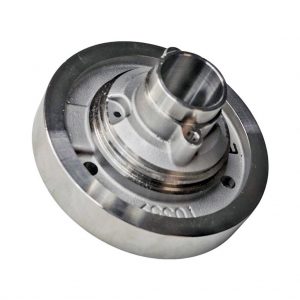Cast Iron, an alloy of iron that contains 2 to 4 percent carbon, along with varying amounts of silicon and manganese and traces of impurities such as sulfur and phosphorus. It is made by reducing iron ore in a blast furnace. The liquid iron is cast, or poured and hardened, into crude ingots called pigs, and the pigs are subsequently remelted along with scrap and alloying elements in cupola furnaces and recast into molds for producing a variety of products.
Although both steel and cast iron contain traces of carbon and appear similar, there are significant differences between the two metals. Steel contains less than 2% carbon, which enables the final product to solidify in a single microcrystalline structure. The higher carbon content of cast iron means that it solidifies as a heterogeneous alloy, and therefore has more than one microcrystalline structure present in the material.
It is the combination of high carbon content, and the presence of silicon, that gives cast iron its excellent castability. Various types of cast irons are produced using different heat treatment and processing techniques, including gray iron, white iron, malleable iron, ductile iron, and compacted graphite iron.
Components
Metal Components for pump
Application
Water Technologies




